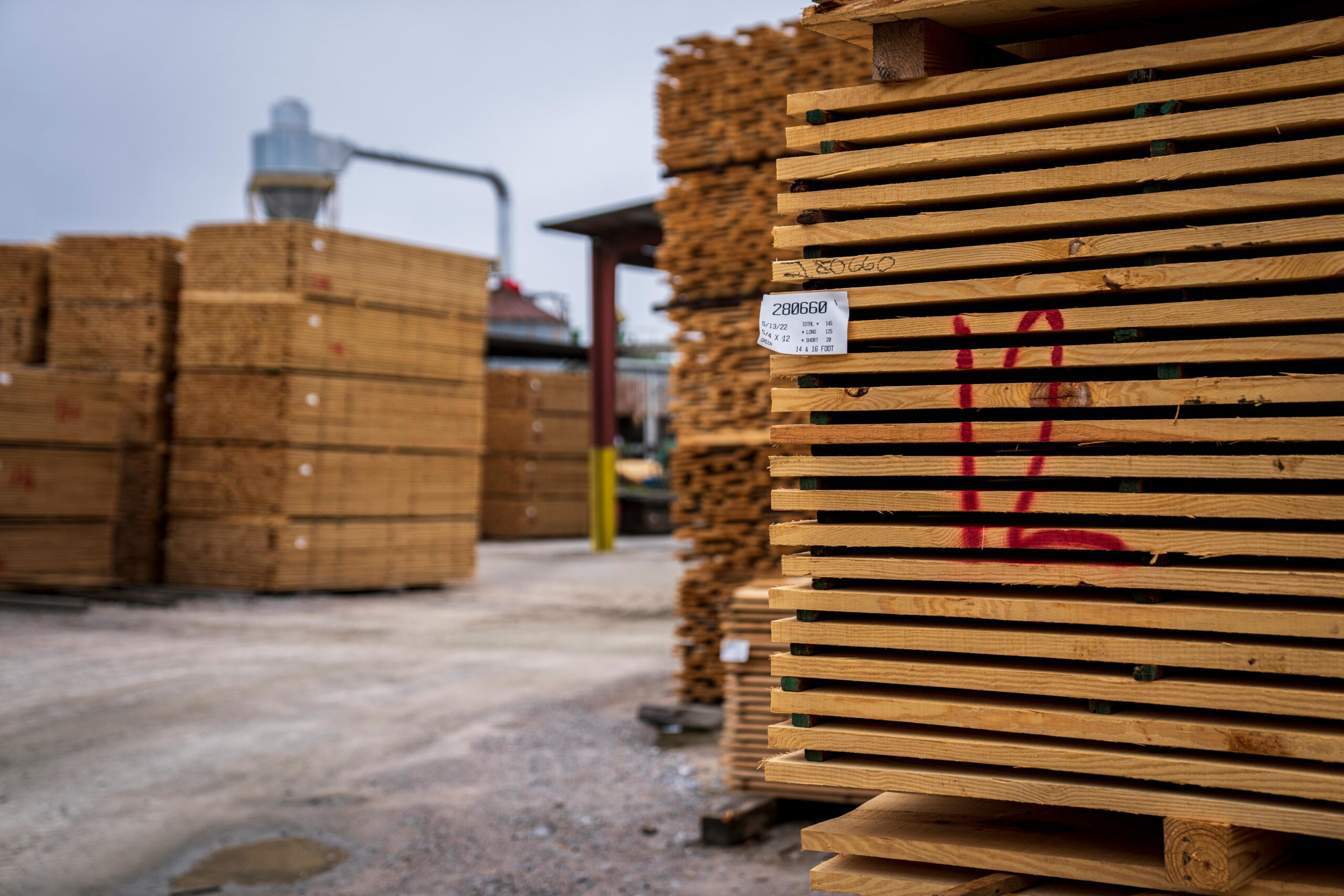Western Forest Products (WFP) recently announced plans toDuring this period, it cut production at its British Columbia sawmill by approximately30 million board feetThis production adjustment will occur inOctober to Decemberbetween.
Analysis of annual production reduction
WFP estimates2024 full yearof timber production will be reducedApproximately 90 million board feet, which includesThird quarterCut30 million board feetThis is equivalent to WFP's annual production capacity.About 10%.
Reasons for reduction
- Weak market demand: Global demand for wood has slowed, leading to oversupply.
- U.S. cork tariffs rise: As tariffs increase, the cost of Canadian lumber exports has increased significantly.
- British Columbia’s business environment challenges: Some sawmills are facing operational difficulties due to insufficient supply of economical logs available locally.
President and CEO, WFPSteven Hofer“We are facing an increasingly challenging timber market and operating environment, and it is important to take proactive measures to balance production and market demand. With the possibility of US softwood tariffs in the second half of 2025,Double, governments at all levels should focus on creating a policy environment that supports the forestry industry and encourages domestic investment.”
WFP is one of the largest private sector employers on Vancouver Island, serving nearly 10,000 people in British Columbia.20 communitiessupply3,500 jobsThe company said it will continue to monitor market conditions closely and adjust operations based on demand.
LumberFlow Expert interpretation
- Impact on the North American lumber market: WFP production cuts will further tighten timber supply in British Columbia, with a noticeable impact on the North American market. Due to weak market demand and the possibility of a significant increase in US tariffs in 2025, timber prices are expected to become more volatile and supply will tighten in the short term.
- Impact on China's timber imports: With the WFP's production cuts, Canada's export supply may decrease, which will push up the price of Chinese imported lumber. Especially in the case of increased demand for Canadian lumber in the United States, Chinese buyers will face more intense competition and may have to look for other sources of supply or accept higher prices.





